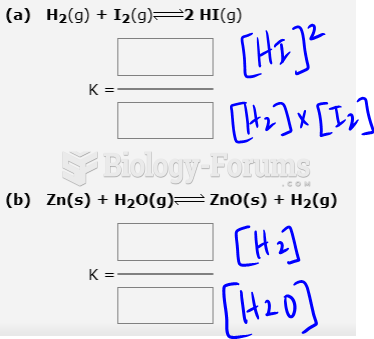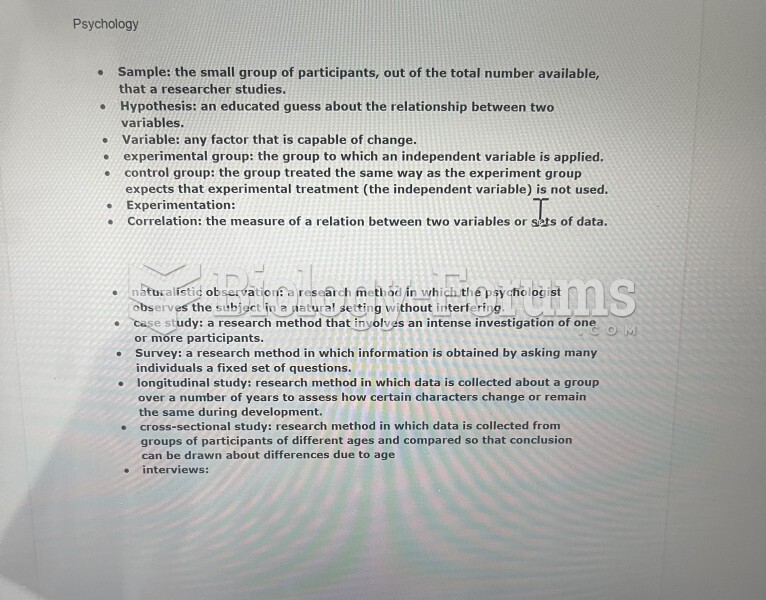Answer to Question 1
a. Perfect substitutes are goods for which at any point you will trade one good in the same proportion for the other. The specific utility function is U(x,y) = ax + by, and the ICs are linear throughout. A corner solution is when the optimal bundle is all of one good and none of the other (i.e. the solution is at the intercept of the BC and one of the axes). True, since the MRS is constant for p.s.'s, the optimal bundle will occur at a corner
b. The substitution effect is the change in consumption that occurs following a price change based purely on the fact that relative prices have changed while holding utility fixed. The income effect is the change in consumption following a price change that results from the person feeling richer or poorer, while holding relative prices fixed. True, the IE direction depends on whether a good is normal or inferior, whereas since MRS is diminishing, the SE is always in the opposite direction of the price change.
c. Convex indifference curves are ICs with diminishing MRS (averages are preferred to extremes, bowed inward, etc.). Marginal rate of substitution is how much of one good a person would give up to consume another unit of the other good. False, in the optimum, both Alf and BO will be choosing a bundle where the MRS equals the relative prices. Since they both face the same relative prices, their MRS's are equal at the optimum.
d. Giffen goods are goods for which consumption increases as the price increases (and vice versa). Normal goods are where consumption increases as income increases (and vice versa). False, since the SE is always in the opposite direction of the price change, the IE for a Giffen good is in the same direction of the price change and of a greater magnitude than the SE. Thus all Giffen goods are inferior, not normal.
e. Ordinal means that utility is only a measure of what bundles are preferred, not of how much a bundle is preferred. A monotonic transformation is a function which is always increasing (or decreasing). True, utility functions that differ only by a monotonic transformation will have the same MRS. Therefore, consumers with utility differing only by a MT will have the same demand equations and therefore make all of the same choices.
Answer to Question 2
Even though the elasticity of supply has not changed, the new supply curve intersects the old demand curve at a lower price where demand is relatively less elastic than at the higher price. As a result, consumers' tax incidence is higher.







